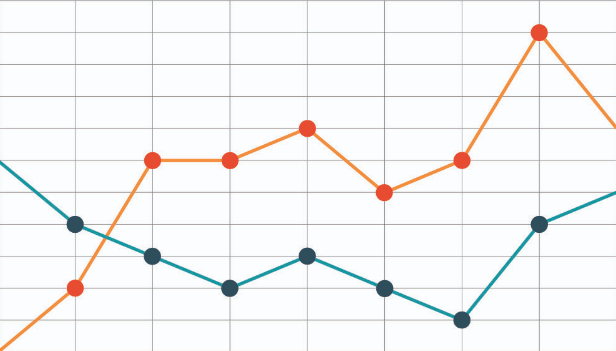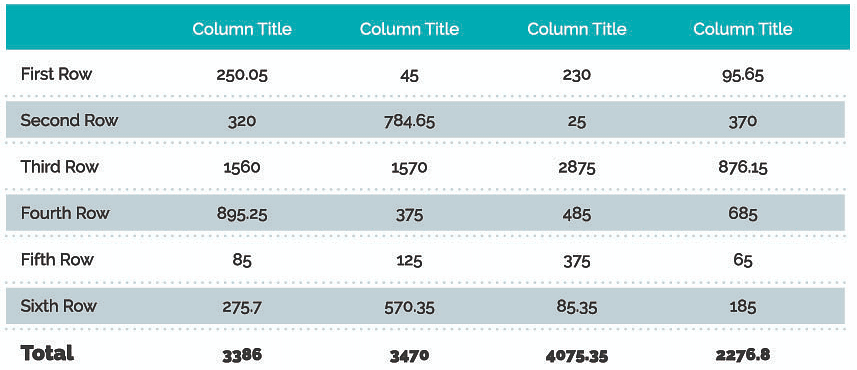Phrases and Collocations for Describing Tables, Graphs and Charts | Writing for Academic IELTS PDF Download
Table
 Bar Chart
Bar Chart

Pie Chart

Line Graph

The main differences and similarities among tables, graphs and charts. While tables present information about different categories mainly in columns and rows, bar charts present the information in two axes: the values are given along one axis and each bar represents what is being measured along the other axis. It is often possible to turn tables into charts, but sometimes the categories are too different to do this. A pie chart is another way of presenting information, but here each segment is a percentage of a whole. Together they represent 100%. Last but not least, line graphs show how data change over time.
When approaching the Academic version of Writing Task 1, it’s important that you introduce the visual data by using one of the following phrases or collocations:
- According to the table/ graph/chart…
- The table/graph/chart shows…
- The table/graph/chart illustrates…
- Looking at the table/chart/graph, it can be seen that…
- The table/graph/chart provides information about…
After introducing the visual data, you will be expected to describe the main trends presented in the table, graph and/or chart. Below are different phrases and collocations that you can use to describe a variety of trends:

- a significant increase
- a considerable growth
- to increase dramatically
- to rise sharply
- to show an upward trend

- a sharp fall
- a significant drop
- to decline sharply
- to show a downward trend
- to hit the lowest point

- to reach a peak/high
- at its peak
- all-time peak
- to rise towards its peak
- past its peak

- a considerable variation
- a slight fluctuation
- to vary considerably
- to show some fluctuation

- a period of stability
- to remain stable
- to remain constant

- to reach a plateau
- to level off
- to flatten out
Some collocations and phrases used more specifically to talk about percentages and values being compared with each other, both of which are common features of tables and charts:

|
33 videos|200 docs|17 tests
|
FAQs on Phrases and Collocations for Describing Tables, Graphs and Charts - Writing for Academic IELTS
| 1. What are some common phrases used to describe tables, graphs, and charts in IELTS? |  |
| 2. How can I effectively describe the data in a table or chart for IELTS? |  |
| 3. What are some collocations commonly used in IELTS when describing tables, graphs, and charts? |  |
| 4. How can I effectively organize my description of a table or chart in IELTS? |  |
| 5. What are some useful language functions or phrases to use when describing tables, graphs, and charts? |  |

|
Explore Courses for IELTS exam
|

|
 Bar Chart
Bar Chart











